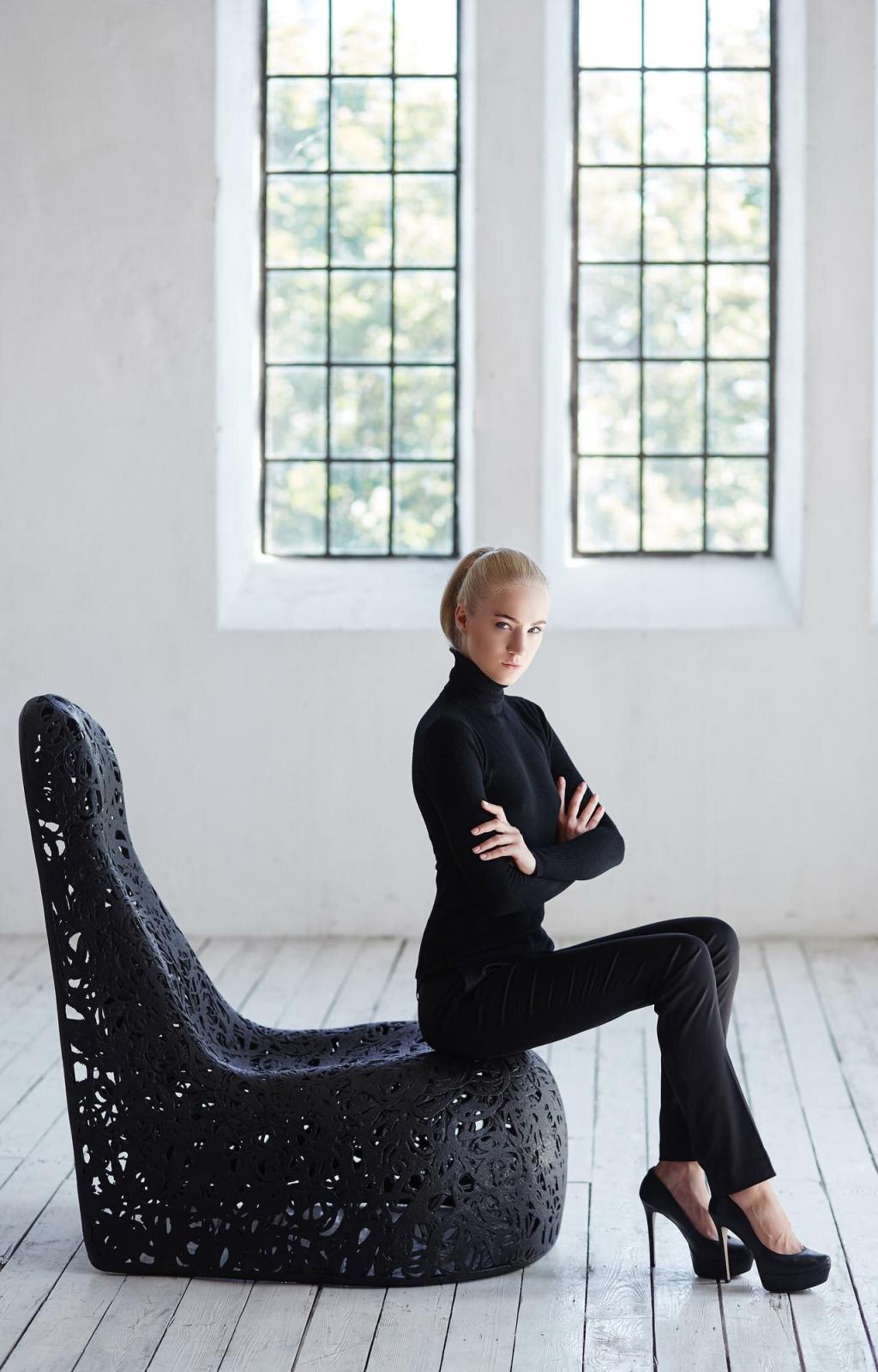Open Floor Plan Concepts for Limited Spaces
Chosen theme: Open Floor Plan Concepts for Limited Spaces. Welcome! Explore practical, stylish ideas to make small, open layouts feel spacious, flexible, and personal. Stay to the end and tell us your biggest layout challenge—your question might inspire our next post.
Zoning Without Walls
Layered Lighting as Invisible Walls
Use a trio of lighting types—ambient, task, and accent—to define zones. A pendant over the table signals “dining,” while a floor lamp near the sofa draws a cozy “living” circle. Dimmers help transition modes from workday clarity to evening unwind without adding physical barriers.
Rugs and Ceiling Cues
Place a textured rug under the seating cluster and a flat-weave under the table to anchor different functions. If possible, align a subtle ceiling feature—like narrow slats or a paint line—with a rug edge to visually reinforce separation while keeping the floor plan airy and continuous.
Storage as Boundary
Low credenzas and open shelving can mark edges between living and eating zones without blocking light. Style both sides intentionally—cookbooks facing the table, plants toward the sofa—to double each piece’s usefulness. Share a photo of your favorite boundary piece; we’ll spotlight clever solutions.
Flow and Circulation in Tight Quarters
Map the three most frequent paths: front door to kitchen, sofa to table, and bed to bath. Keep each as direct as possible. Slide furniture just two inches off a traffic line, and you’ll feel the room breathe. Tell us which path clutters first, and we’ll suggest tweaks.

Soft Materials, Big Impact
Add fabric panels, thicker curtains, and upholstered pieces to absorb harsh echoes. Layer a rug on a rug in your living zone for a compact, high-performance sound sink. Even a canvas art diptych helps. Comment with your no-drill sound hacks, and we’ll test them next.
Pocket Partitions You Can Stash
Use sliding shoji-style screens, folding wood slats, or ceiling-mounted curtains to create occasional privacy. Pull them across for Zoom calls or quiet reading, then tuck them away. Choose light-filtering materials so borrowed daylight still links zones and the room never feels boxed in.
Sound Zoning by Routine
Schedule louder tasks—blending, vacuuming, workouts—right after commute hours, and reserve soft tasks for late evening. Pair routines with objects: headphones in a decorative bowl by the desk, white-noise device near the sofa. Rituals add privacy even when the plan stays visually open.
Multifunctional Furniture That Truly Transforms
Sofa by Day, Guest Bed by Night
Choose a streamlined sleeper with storage arms for linens. Add a nesting coffee table that lifts to desk height for work sessions. At night, the smallest table tucks under the largest, and the room converts in minutes. Share your fastest flip tips and timing wins.
Drop-Leaf Tables and the C-Table Dance
A drop-leaf table flips from console to dining for four, then back to hallway slim. Pair with a lightweight C-table that slides under the sofa to create a laptop perch or breakfast nook. Mobility keeps the heart of the room open for movement and gatherings.
Built-Ins That Move
Consider modular wall grids with clip-on shelves, hooks, and planters. As habits change—new hobby, new job—you reconfigure without buying more furniture. Keep heavy modules low for stability, light modules high for display. Post your layout sketch, and we’ll propose a smart module mix.



A Real-World Makeover: 380-Square-Foot Studio
The Before: A Choppy Box
The studio had a couch blocking the window, a tiny table crowding the entry, and echoey walls. Walking paths overlapped, causing spills and stumbles. The owner felt stuck hosting or working, never both. Share your “before” frustration—naming pain points is the first design win.
The Plan: One Spine, Three Zones
We created a central spine: a rug-aligned path from door to window. On one side, a living nook with pendant and low sofa; opposite, drop-leaf dining and compact kitchen. A curtain track arced for privacy when needed. Light stayed continuous, but purpose finally clicked.
The After: Meals, Work, Rest
Dinner for four unfolds in five minutes, then folds away so yoga fits. A C-table slides into a laptop station; the sleeper opens without moving lamps. Noise dropped with curtains and layered rugs. If this story resonates, subscribe—next month we’ll map three reader studios live.
